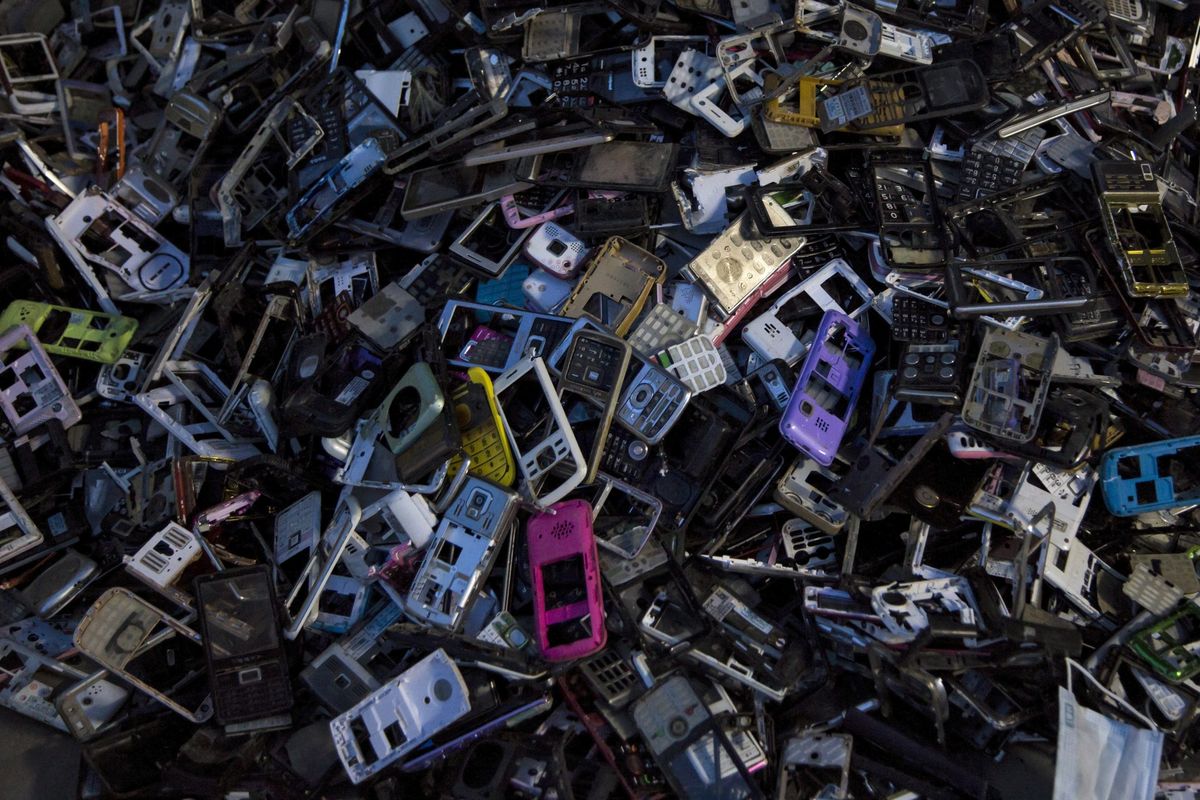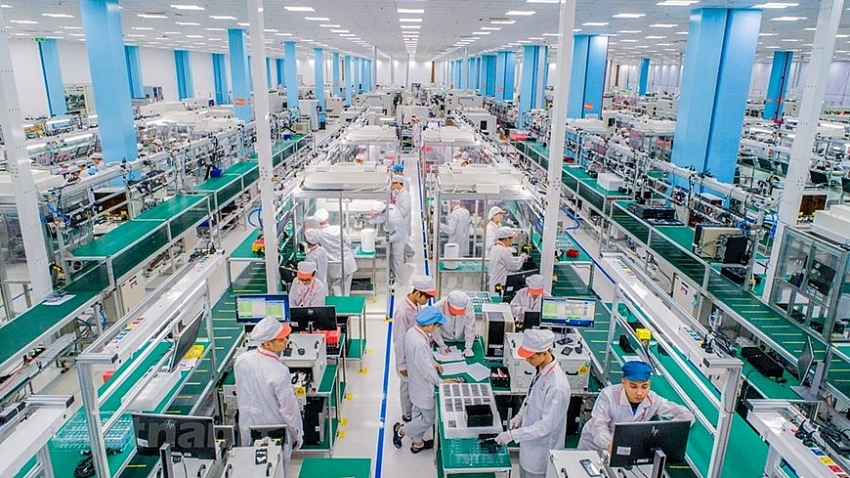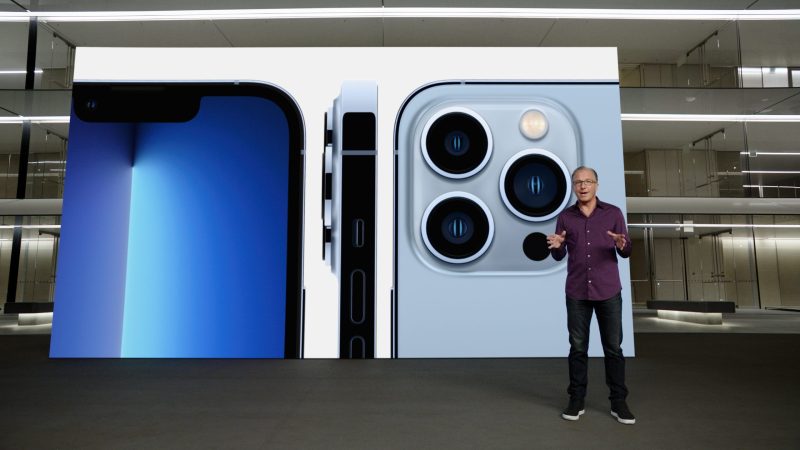The environmental impact of cell phones, explained

A few minutes every morning is all you need.
Stay up to date on the world's Headlines and Human Stories. It's fun, it's factual, it's fluff-free.
It’s hard to find anyone who doesn’t have a smartphone nowadays. With an evergreen global debate over iPhones vs. Androids, and with mobile phones outnumbering human beings on Earth, it’s safe to say that these devices are here to stay.
Chances are, you might even be reading this on your smartphone right now. But, what is the environmental impact of cell phones?
There’s no question that smartphones and other internet-enabled devices (laptops, tablets, etc.) can be beneficial tools. For example, we often use apps and e-wallets to pay for things and to split bills with our friends. In addition, we can easily see where friends and family members are located, and we can use GPS apps for easy directions to just about anywhere.
If that weren’t enough, we can send quick notes to anyone via voice message, text or email; we can shop for just about anything and have it delivered to our homes; we can update friends from high school on what we’re doing now. All this capability can come from one small device you can carry around.
Motorola invented the first portable cellphone in 1973. Less than 30 years ago, basic cellphones were just becoming popular. Then, 15 years ago, in 2007, the launch of the iPhone introduced the first modern smartphone. Now, smartphones are everywhere – including your own pocket.
But what is the cost of this technological feat, apart from the, often, extravagant price tag? There are human rights concerns over mining practices to source the minerals – such as cobalt – which phones and other electronics rely upon. Apart from these and other ethical issues related to smartphone production, there is also an environmental impact to consider.
We spoke with Dr. Ruby Pillai, founder and chief executive officer of iWarranty, an app targeting the e-waste epidemic, to get her insight into the environmental impact of cell phones.
The environment and modern smartphone production and consumption

Most of the carbon emissions associated with smartphones are derived from manufacturing, not usage. Researchers Lotfi Belkhir and Ahmed Elmeligi from McMasters University in Canada found that smartphone manufacturing accounts for 85-95% of its annual carbon footprint.
Apart from cobalt, many other minerals contribute to the ways our phones work. According to the United Nations Environment Programme (UNEP), “Gold, silver, cobalt, tin, tantalum, tungsten and copper are all essential components of mobile phones.”
UNEP goes on to explain that “since mining is one of the most intensive users of heavy fuel oil, extraction contributes significantly to climate change.” However, when it comes to these materials, “most companies publish little information on their suppliers, keeping environmental performance and impacts out of sight. There is also a lack of urgency and transparency in tackling global e-waste.”
That e-waste is probably more than expected, at up to 41 million tons every year. And, less than 16% of that waste is formally recycled.
Dr. Pillai lives in the United Kingdom. “We generate 23.9kg of e-waste per person – the highest in Europe, alongside Norway – producing more than three times more e-waste than the global average,” Pillai says.
“A recent study by the European Environmental Bureau found that extending the life span of smartphones and other electronics by just one year would be the carbon emission equivalent of taking 2 million cars off the roads annually. If these figures are for Europe alone, imagine the enormity of the problem globally. Much of the personal tech that we use every day is the problem, with less than 1% of smartphones sold globally being recycled. One of the biggest things people can do is to stop the cycle of buying new and opt for used or refurbished. Small actions can make an impact.”
To understand how we measure emissions in terms of environmental impact, we refer to CO2e, or a carbon dioxide equivalent. This breaks down the CO2 equivalent of a greenhouse gas with the same global warming impact.
Carbon footprint expert Mike Berners-Leen reveals in his book “How Bad are Bananas: The Carbon Footprint of Everything” that in 2020, a footprint of roughly 580 million tons of CO2e was linked to smartphones. Of global carbon emissions, he explains that “this equates to approximately 1% […] but the figure is set to rise further as more people get smartphones.”
That is more than laptops or PCs. For every hour that you use your smartphone every day, that comes out to another 63 kg CO2e contributed to the atmosphere in the overall scheme of things.
When it comes to consumer trends, Dr. Pillai says: “Yearly iPhone releases have created unnecessary demand, and Facebook’s recent rebranding into Meta portends another shift in how technology is evolving.
“At the same time, we are seeing products like BlackBerry, who announced an end of service this week because of platform transition, leading to even more e-waste. It is projected that global e-waste will reach 74 million tons by 2030, almost doubling e-waste levels in just 16 years. The cycle of consumption needs to be slowed and this must happen through policy and regulation to encourage consumers to choose repair or purchase refurbished items instead of new ones.”
How the industry is changing

As people become more eco-conscious, so have brands. While some of the environmentally friendly labeling you may see attached to products can be attributed to greenwashing, some tangible progress is being made in the tech industry to make products more sustainable.
As the founder of a company that works to limit e-waste, Dr. Pillai has unique insight on this issue. “Consumers can only do so much if there isn’t support from manufacturers in helping to curb the e-waste problem – an industrywide reckoning is needed,” she asserts.
“Progress on Right To Repair legislation is a start, but we need to find opportunities for manufacturers to make good on sustainability goals,” Dr. Pillai says. “In Europe, we’re a little further ahead with respect to legislation, and as of March 1, 2021, larger electronics must be repairable for up to 10 years, which means manufacturers must guarantee the production of spare parts. We need to have that same legislation for smaller electronics and hope to achieve that in the near future.
One aspect of this is supporting manufacturers in their sustainable efforts. “iWarranty is built to support new Net Zero and Environmental, Social and Governance (ESG) legislation requiring extended lifespan and repairability of household appliances for 10 years with the goal of transitioning towards a greener economy,” explains Dr. Pillai. “Using AI and machine learning, iWarranty digitizes warranties, automates claim processes and creates significant time and cost savings for manufacturers – addressing the repair/e-waste problem at its root.
“Our advanced repair analytics allow manufacturers to gather data about appliance failures ahead of time, providing valuable insights to guide manufacturers with spare-part production and delivery to minimize customer waiting time. Manufacturers must play a significant role if we want to make an impact at scale in reducing e-waste globally.”
Along with manufacturers, retailers have begun to step up to the plate. For instance, Apple Inc. has begun to rethink the packaging and manufacturing of its electronic products.
“Our stores, offices, data centers, and operations are already carbon neutral,” Apple discloses on their website. “By 2030 our products — and your carbon footprint from using them — will be, too. This year we eliminated the plastic wrap around the iPhone 13 and iPhone 13 Pro boxes, saving 600 metric tons of plastic. And our established final assembly sites now send zero waste to landfills.”
Because manufacturing is such a significant component of the climate impact of smartphones, shifting the carbon footprint of mineral mining and assembly is crucial in adjusting the approach to product creation.
As consumers learn more about how everyday tools and activities contribute to the ongoing climate crisis, staying informed can often feel anxiety-inducing and exhausting. We now know more than ever about the environmental impact of cell phones. However, it is the consumer who drives change within the markets. While it’s probably unrealistic to completely give up smartphones, the smartphone and technology market more broadly can be changed and made more sustainable by our demands.
With Apple’s announcement, for example, we can see this shift happening, marking a major win for climate activists and everyday people who are concerned about the environment.
Have a tip or story? Get in touch with our reporters at tips@themilsource.com




Comments ()